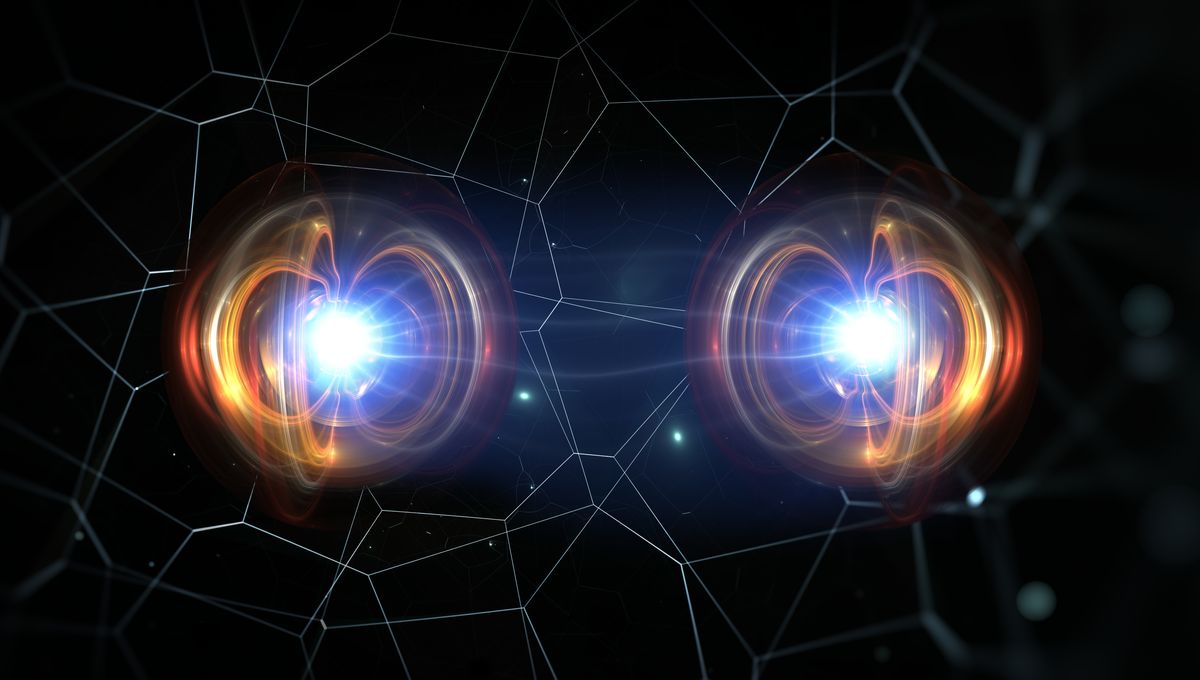Prepare to be amazed by the world of biphoton digital holography. In the realm of quantum mechanics, wave functions hold the key to understanding the properties of objects. In this case, we’re talking about entangled photons, those fascinating particles of light that are intrinsically linked. Entanglement is a mind-boggling state where two photons share an instantaneous connection, no matter how far apart they may be.
When one photon’s property is measured, the wave function collapses into a specific state, and thanks to entanglement, its partner experiences this change simultaneously, defying distance. To unravel the mysteries of a quantum state, multiple measurements are required, especially for complex states.
This process is known as quantum tomography, where states are “imaged” in sections. But here’s where it gets even more fascinating: a team of researchers has discovered a faster and more efficient way to perform quantum tomography. They achieve this by interfering a known quantum state with the one they’re trying to measure, creating mesmerizing interference patterns. By analyzing these images, they can decipher the properties of the quantum states.
And now, let’s introduce the holography element. Holograms are captivating 2D visualizations of 3D objects. The holographic principle allows us to condense the properties of a three-dimensional system into two dimensions. In this study, the researchers utilized the interference pattern between an unknown quantum state and a known one to reconstruct the unknown wave function.
.jpg)
But this isn’t just a fascinating theoretical approach. The method relies on a cutting-edge camera system capable of recording events with nanosecond precision on each pixel.
“What’s truly remarkable is that this method is exponentially faster than previous techniques, taking only minutes or seconds instead of days. And the best part? The detection time remains unaffected by the complexity of the system, solving the long-standing scalability challenge in projective tomography,” explained Dr. Alessio D’Errico, a postdoctoral fellow at the University of Ottawa, in a statement.
The groundbreaking findings have been published in Nature Photonics.








